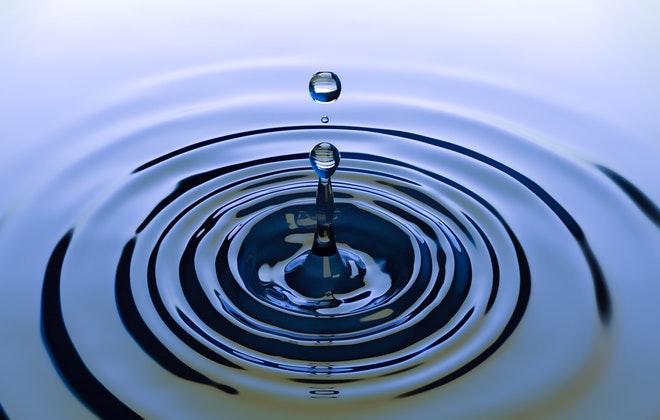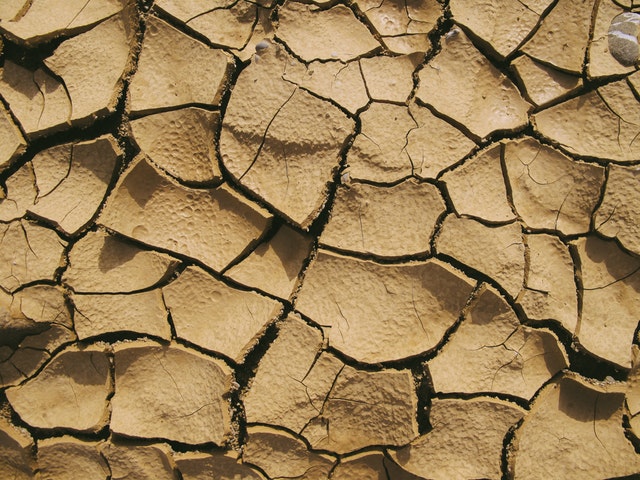For the past few years, millions of people in states across India have been facing a severe, long-term drought. The need for water has resulted in clashes over the limited supply.
In January 2019, the National Crimes Record Bureau released their annual report with data from 2018. The NCRB reported that water-related disputes have nearly doubled since 2017. That year, they recorded 432 disputes, and in 2018, that number rose to 893. There was a clear connection between locations where the drought had resulted in extreme water scarcity and locations where “water crimes” were more prevalent.

People in India have lived through droughts before—so what’s different this time? In 2019, the monsoon season, which typically provides relief from hot, dry weather, came later than usual, and there was less rainfall than previous years. Currently, about half of the population of India lives in areas with “water stressed resources.”
The term “water crimes” sounds like something out of dystopian fiction—but the truth is that such disputes over resources like water are nothing new, and climate change is making them more prevalent. In India, these confrontations are occurring in cities and smaller towns, but they are more common in villages and rural areas, where residents struggle to obtain enough water to drink, cook, clean, and bathe.
In rural India, villagers can end up waiting days for water trucks to bring in rations. Elderly residents often have difficulty bringing water back to their homes. Many farmers cannot grow crops, and therefore, they’re not making any money. Droughts have contributed to a rising number of Indian farmers dying by suicide—over the past 25 years, there have been over 300,000 recorded farmer suicides across the country. Some people with the means and support to do so have chosen to move to cities and more populated areas, feeling that they had no choice if they wanted to find work and live a normal life. But it’s generally able-bodied, younger people who are able to pack up and look for work elsewhere; meanwhile, elderly people can end up being left behind.
But soon enough, other cities in India could be facing problems that are just as serious. The Composite Water Management Index report released in 2018 contained a grave warning: by 2020, 21 major Indian cities could reach zero groundwater levels. This includes cities like Delhi, Chennai, and Hyderabad. The report predicted that this could limit water access for approximately 100 million people.
One of the biggest obstacles to water access during this drought? Poverty and inequity in distribution. The majority of the water tankers are privately owned, and while the water from government-owned trucks is free, private companies do charge people for water. Naturally, this means that low-income people, especially those living in rural areas, often struggle to pay for the water they need.
All over the world, the global poor struggles to afford adequate housing, nutritious food, clean water, and other essential resources that are unequally distributed. If we fail to act on the current climate crisis, these issues will only get worse. Droughts and natural disasters will contribute to famines and water shortages, forcing people to go without these vital resources and putting billions of lives at risk.

And as we are seeing now in India, private companies can approach these tragedies as business opportunities, charging high prices for essential commodities that they know desperate people will have no choice but to pay. This practice is called “price gouging,” and it is a common tactic that corporations use in the wake of scarcity and natural disaster. The gap between the rich and poor could continue to grow, and the same drive for profits over sustainability will continue to destroy ecosystems and communities. This is not just about the climate changing and the planet getting hotter—it’s about inequality and the exploitation of vulnerable people.
Yes, India has seen droughts before—but all over the world, climate change is making existing weather patterns more extreme. While India is a massive, middle-income country where some people are leading comfortable lives, there are also millions of people who do not even have enough water to drink. As the ongoing effects of climate change become even more obvious, more regions will face issues just like India.
The current situation in India is just another example illustrating why we cannot wait any longer to take action on climate change. People are already facing dire consequences, and we need to start working to help regions adapt to more extreme conditions while doing everything we can to avoid facing worst-case scenarios.
Photo: Ibrahim Rifath on Unsplash; Pexels




